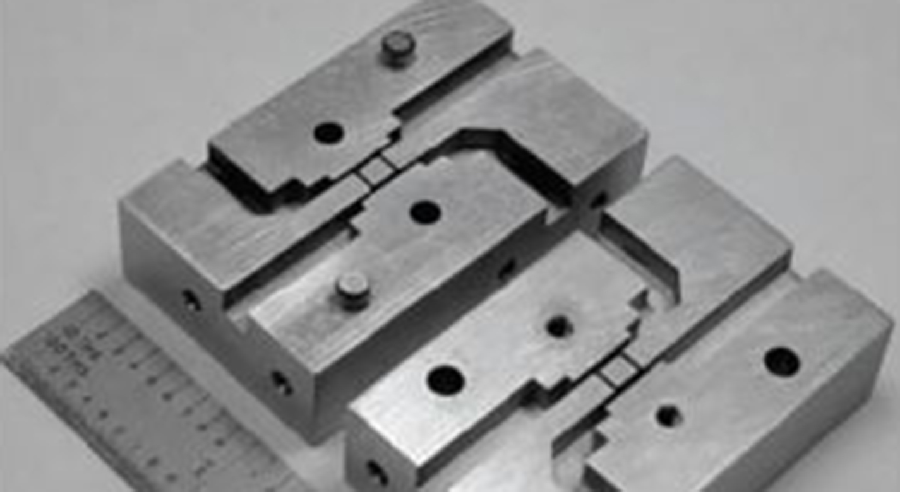
There are a variety of directional couplers and splitters available. One of the splitters available is capable of combining amplifiers. Hybrid combiners are the most popular part used to combine signals. However, you must understand a little about power combining before choosing a combiner for your project.
Why Combine Power?
Power amplifier technology has its limitations. Combining power allows you to overcome these. Most of the power combining done is in the solid-state power amplifier field. Combining power in this field has been active as people strove to replace tube technology.
How Does It Handle Larger Bandwidth?
Most power combining schemes have a very narrow bandwidth capability. Spatial and coupled combiners should only be used if it is not necessary to have a wide bandwidth. If you need a broader spectrum, you should consider a different type of combiner to handle different frequencies. In other words, if you have a broadband amplifier, you will need a multi-section splitter to handle combine the power. Just keep in mind that this type of coupler can have higher power losses. This is often an overlooked fact.
How Does It Affect Efficiency?
Many combiners strive to avoid loss. Remember that a 1 dB loss at each stage might sound small, but by the time you have gone through a three-stage combiner, you have lost half of your power output. When comparing different combiners, you must remember that there are losses associated with getting the power from one combiner to the next. However, you can find certain combiners that are more efficient.
One of the types of power splitters available is a coupler that is capable of combining power. This will let you overcome the limitations of power amplifier technology, although it works best with narrow bandwidths and can add to the amount of loss you experience.







